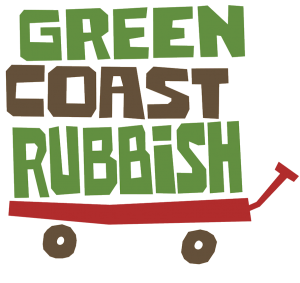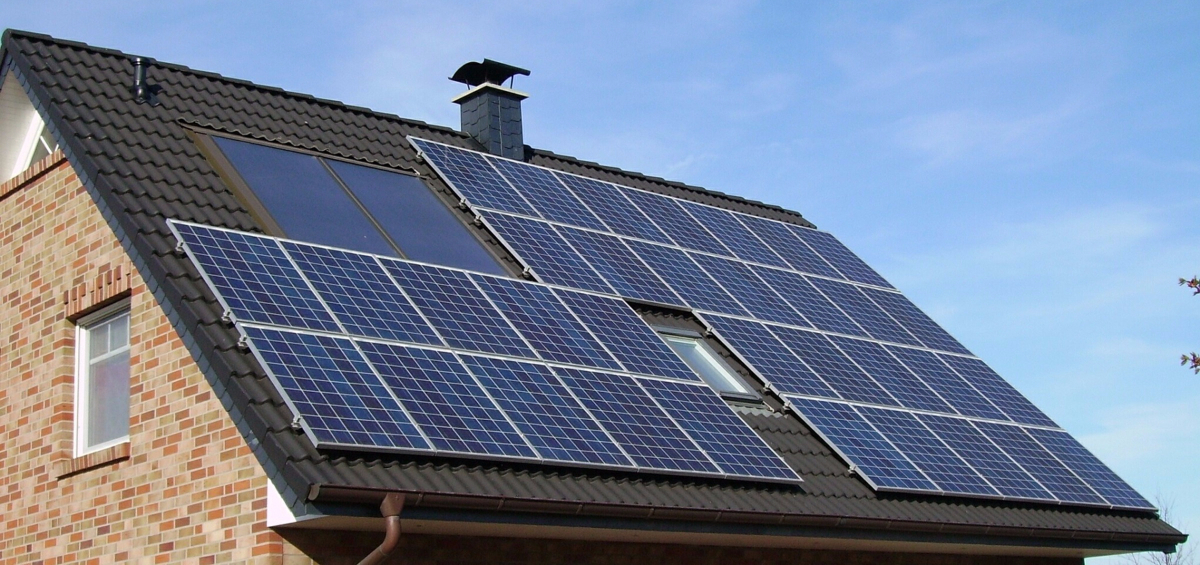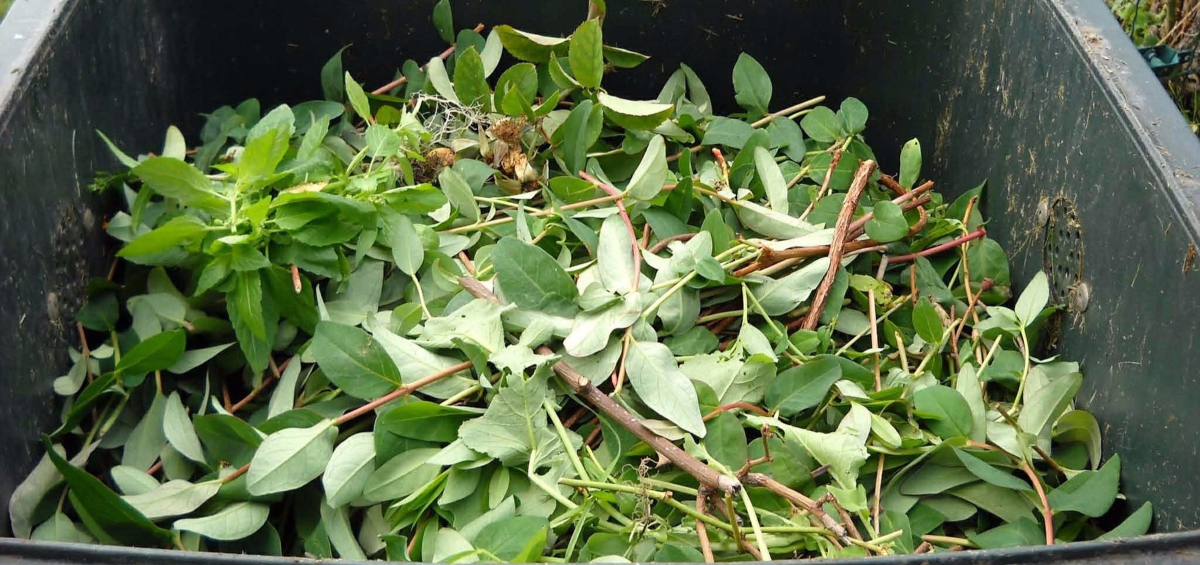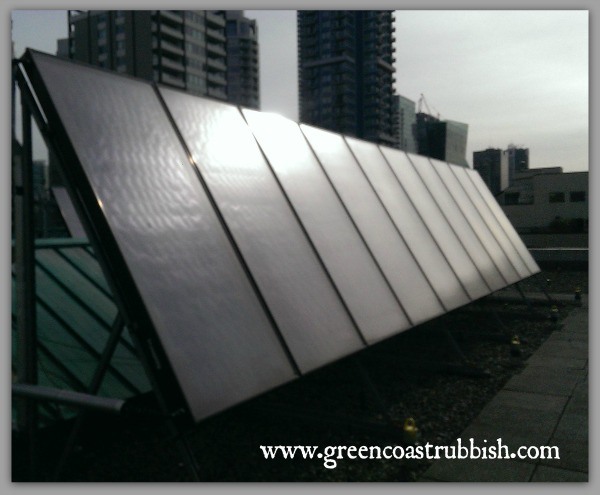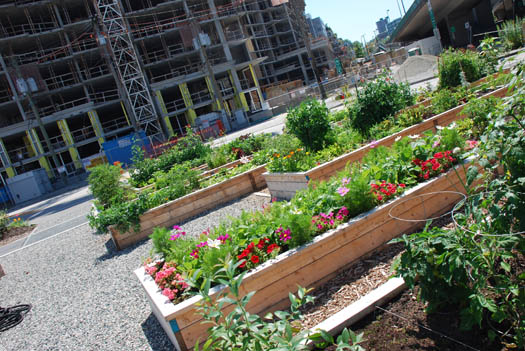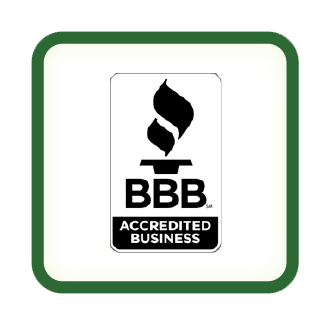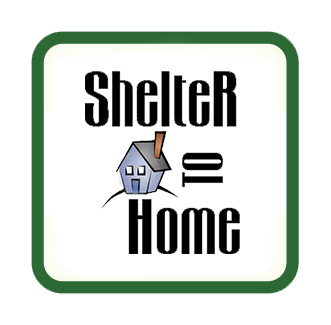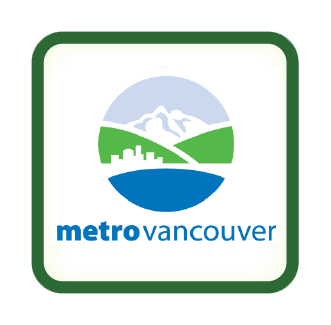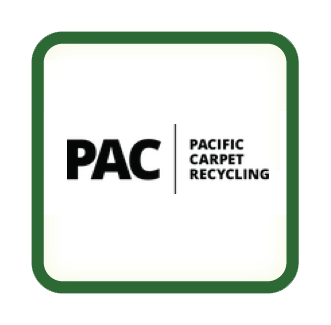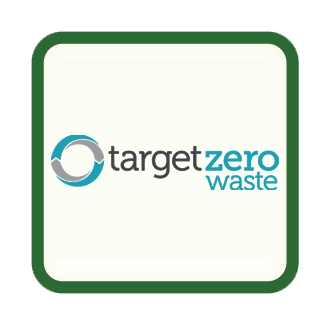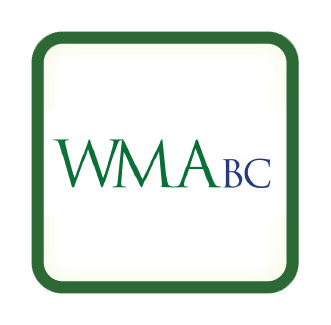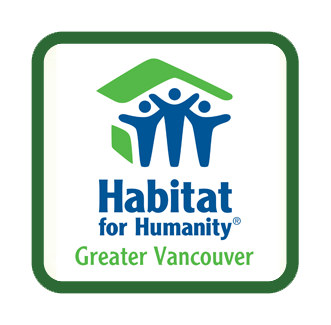Tips and Tricks for Composting in Vancouver
/in Commercial Rubbish Removal and Recycling, community, composting, Green Buildings, Organic Waste, Recycling/by Green Coast RubbishGreen Building Apps
/in Green Buildings/by Green Coast RubbishBesides our business commitment at Green Coast Rubbish to preserve and clean up our environment, we are also personally excited about new technologies that help people become more aware of their urban surroundings, and ways we can help its preservation. Recently a lot of smart phone apps have popped up that do just this.
Some of our favorites combine fascinating environmental info and architectural facts together. Two awesome examples we’ve found are the ‘Green Building App’, which enables people to discover Green Buildings throughout Vancouver (in proximity to where they are). As well as the ‘Green Building Audio Tours’, which are short podcasts recorded by a member of the design team explaining specific features of that building. You can listen to them at any time by simply calling a phone number. It’s a great way to discover more about each building, and learn more about the neighborhoods they belong to. This tour includes several buildings constructed for the 2010 Winter Olympics — such as the Vancouver Convention Centre, Vancouver Olympic/Paralympic Centre, and the Trout Lake Rink — to name just a few. If you have a bit of time to explore, check out one of these free apps while you’re out. Whether you’re a tourist or a local, you’re sure to gain a deeper understanding about the city, and the innovative ways we’re working to improve it.
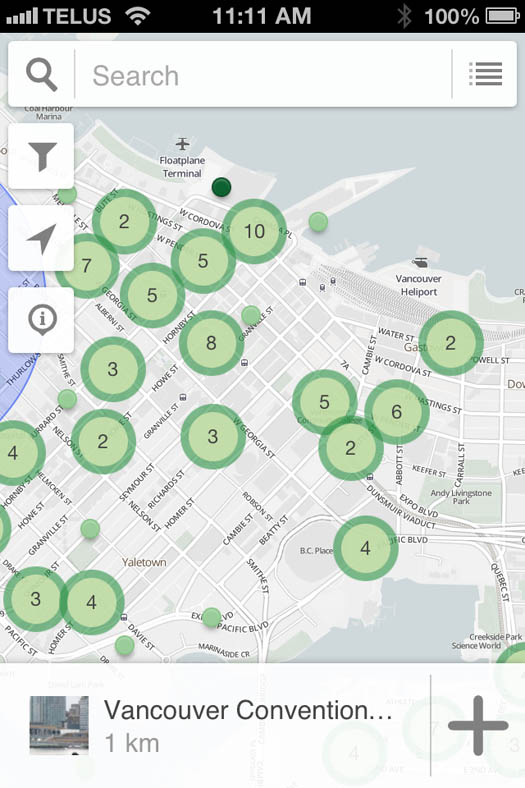
Vancouver aims to become the Greenest City in the world by 2020, and it’s taking big steps toward that goal. By constructing buildings that mimic natural processes to help produce/conserve energy and water, and incorporating state-of-the-art technology in the design, we encourage environmental innovation for the future. And thankfully, conserving resources doesn’t have to sacrifice style, as evidenced by the unique beauty and functionality of many of these new sustainable developments.
Constructing Greener Buildings – LEED
/in Green Buildings/by Green Coast RubbishIn the grand scheme of things, Vancouver is a comparatively new city—particularly when it comes to architecture. But what we lack in history, we make up in stride in the design and development of Green Building technologies.
Building projects contribute to a huge amount of waste and pollution in Canada, and generate a large percentage of total greenhouse gas emissions in North America. The accumulation of construction and demolition of buildings can add up to nearly 35% of total landfill waste. They also consume a significant amount of our water and energy resources. But good news! It doesn’t need to be this way. By designing buildings in more sustainable ways, these numbers can be greatly reduced across the board. That’s why the LEED rating system was introduced.

Leadership in Energy and Environmental Design (LEED) is a reputable and internationally recognized ‘green’ rating system for both new and existing building development projects. Here is the breakdown of the different levels of certification, which are ranked based on 110 points, over 7 areas of criteria:
- Water Efficiency: Reduce water consumption, treat or minimize wastewater, eliminate site irrigation.
- Energy Efficiency: Use renewable energy resources, reduce energy consumption, eliminate ozone-depleting chemicals.
- Regional Priority: Keeping in mind geographical factors, designing architecture & targeting environmental issues based on that region.
- Innovation in Design: Vastly exceed the environmental requirements and incorporate innovative features and technologies not covered in other areas.
- Material Selection: Re-use existing building facades, utilize locally salvaged or recycled construction materials, minimize waste during construction, use of renewable materials.
- Site Development: Increase urban density, maximize green space, minimize storm water run-off, access and encouragement of transportation modes such a bicycling, easy access to transit, car-pooling.
- Indoor Environmental Quality: Providing operational windows, improving ventilation systems, incorporating natural lighting sources.
Ratings:
40-49 points = Certified
50-59 points = Silver
60-79 points = Gold
80+ points = Platinum
By using these guidelines, architects can effectively design smarter, greener buildings. By establishing an international and industry recognized standard, it can also help convey information to interested individuals and clients. The Canadian Green Building Council (CaGBC) has adapted the system initially developed by the US Green Building Council (USGBC), to address environmental concerns and issues specifically within the Canadian market.

A good example of a LEED Platinum Certified building project in Vancouver is the Olympic Village — which incorporates technology such as solar energy, rainwater irrigation and conservation systems, and green rooftops.

By changing the way buildings are constructed and utilizing the latest advancements in technology, we can conserve our precious energy and environmental resources — while making our neighborhoods more livable, walkable, and sustainable.
